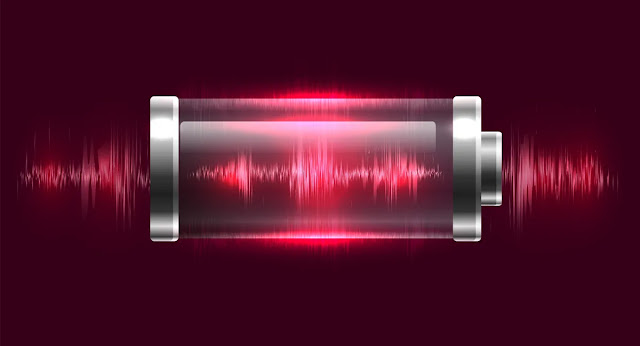Heart muscle cells, sadly, are not among the tissues in the body that can renew themselves following an injury. Scientists at the Max Planck Institute have now demonstrated in mice that these cells may regenerate following a heart attack by reprogramming their energy metabolism. This finding may lead to the development of new treatments for this major cause of death.
The heart heals itself after a heart attack or other trauma by producing fibrous scar tissue, which temporarily keeps the organ intact but prevents it from beating. This can eventually lead to heart failure and other issues, including more heart attacks.
The way that heart muscle cells metabolize energy sets them apart from other types of tissues. The majority of bodily tissues obtain their energy from carbohydrates through a process called glycolysis; however, the heart uses lipids, or fatty acid oxidation, to produce energy. It turns out that this may hold the key to enabling the regeneration of heart cells.
The study’s authors, Xiang Li, and Xuejun Yuan, stated that “it is known that animal species capable of regenerating their hearts primarily use sugars and glycolysis as fuel for heart muscle cells.” In the early phases of development, the human heart also primarily uses glycolysis; however, because it can produce more energy, it later switches to fatty acid oxidation. Many genes alter in activity after birth, and cell division activity is reduced as a result of the shift in energy generation. Particular energy-producing metabolites also play crucial roles in the activity of the enzymes that control gene expression. Therefore, our goal was to reprogram energy metabolism to cause alterations in gene activity, which would enable cardiac muscle cells to divide again.
The researchers turned off the Cpt1b gene, which is essential for fatty acid oxidation, in mice to test the theory. Indeed, during the course of the trial, the mice’s hearts started to develop, nearly doubling in number.
The mice lacking Cpt1b were subsequently given heart attacks by the researchers, who then let oxygen-rich blood to flow back into their hearts. This simulates people who have a heart attack and are given a stent. Within a few weeks, test mice’s heart tissue scarring was far less than that of controls, according to the team, and their heart function nearly recovered to its pre-heart attack state.
On closer study, the researchers uncovered the mechanism behind the effect. By turning off the gene, a series of events occurs that essentially return the heart muscle cells to an immature condition, enabling regeneration.
Naturally, the research has only been done on mice thus far as a proof of concept, but the team believes there may be a route to human use. Drugs that inhibit the action of the enzyme produced by Cpt1b should be able to be developed, imitating the effects that the patient would experience on demand. Still, a long way off from clinical application would be this. Utilizing mRNA or stem cells to regenerate the heart has been successful in other research.



